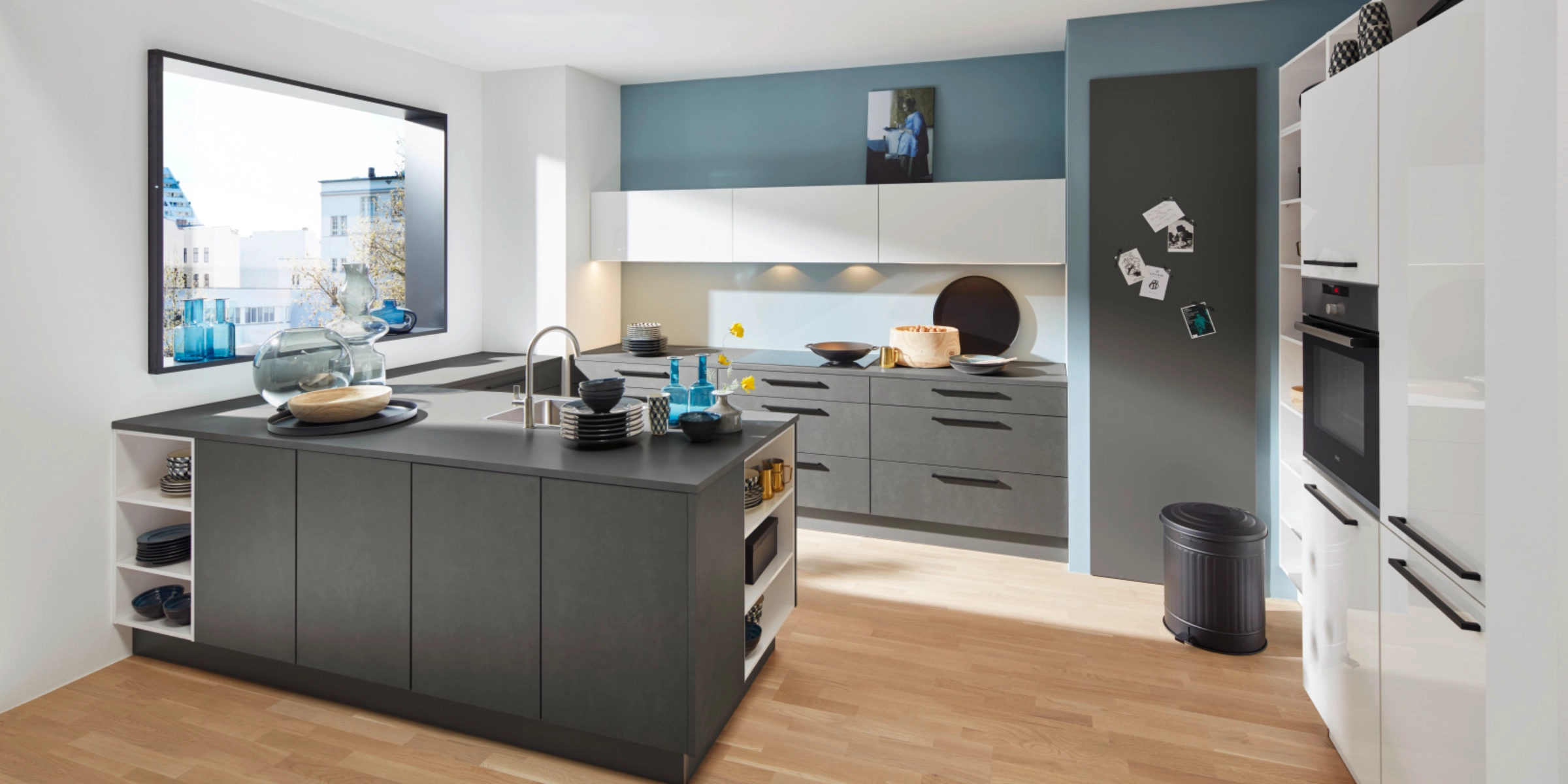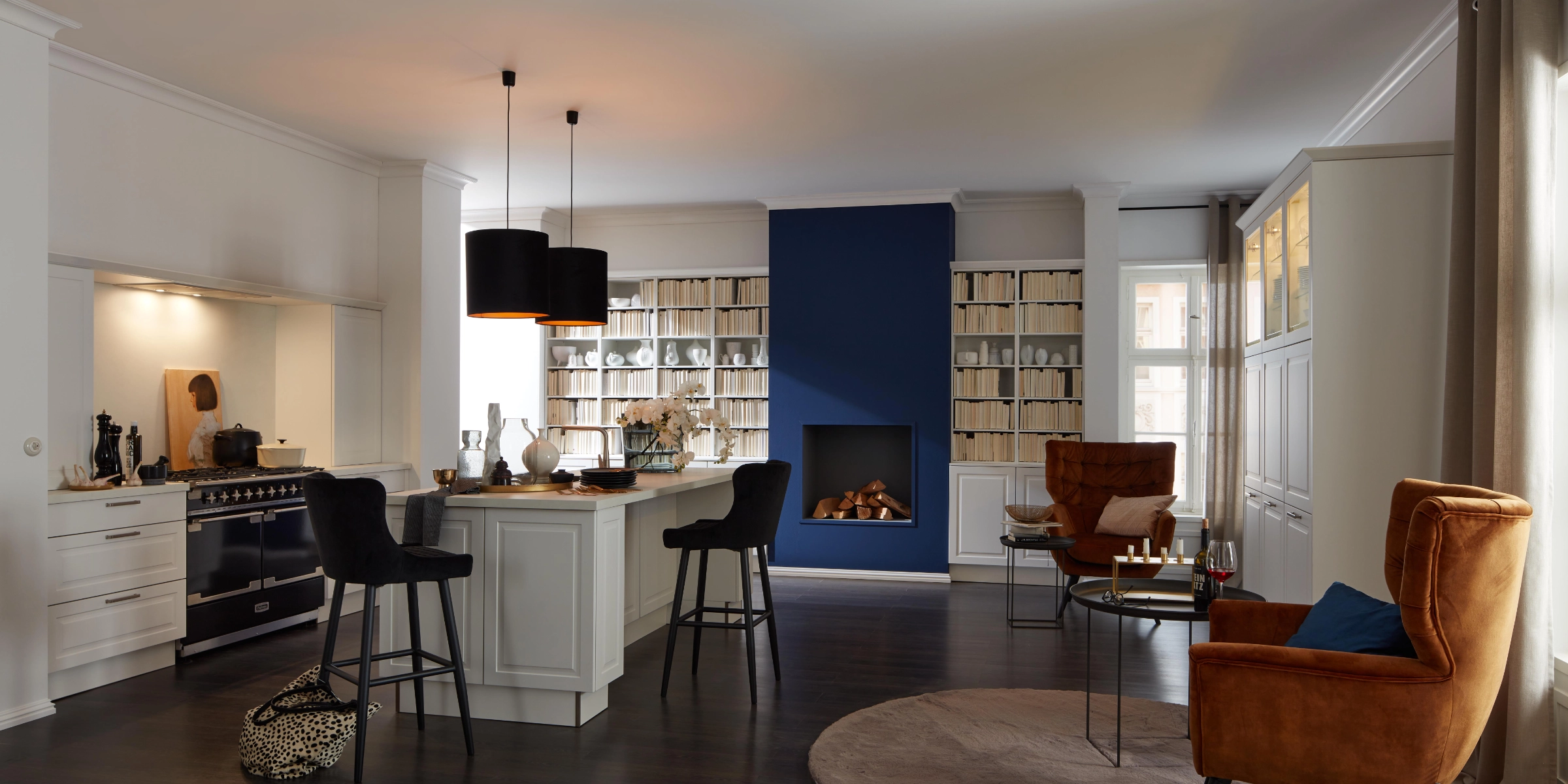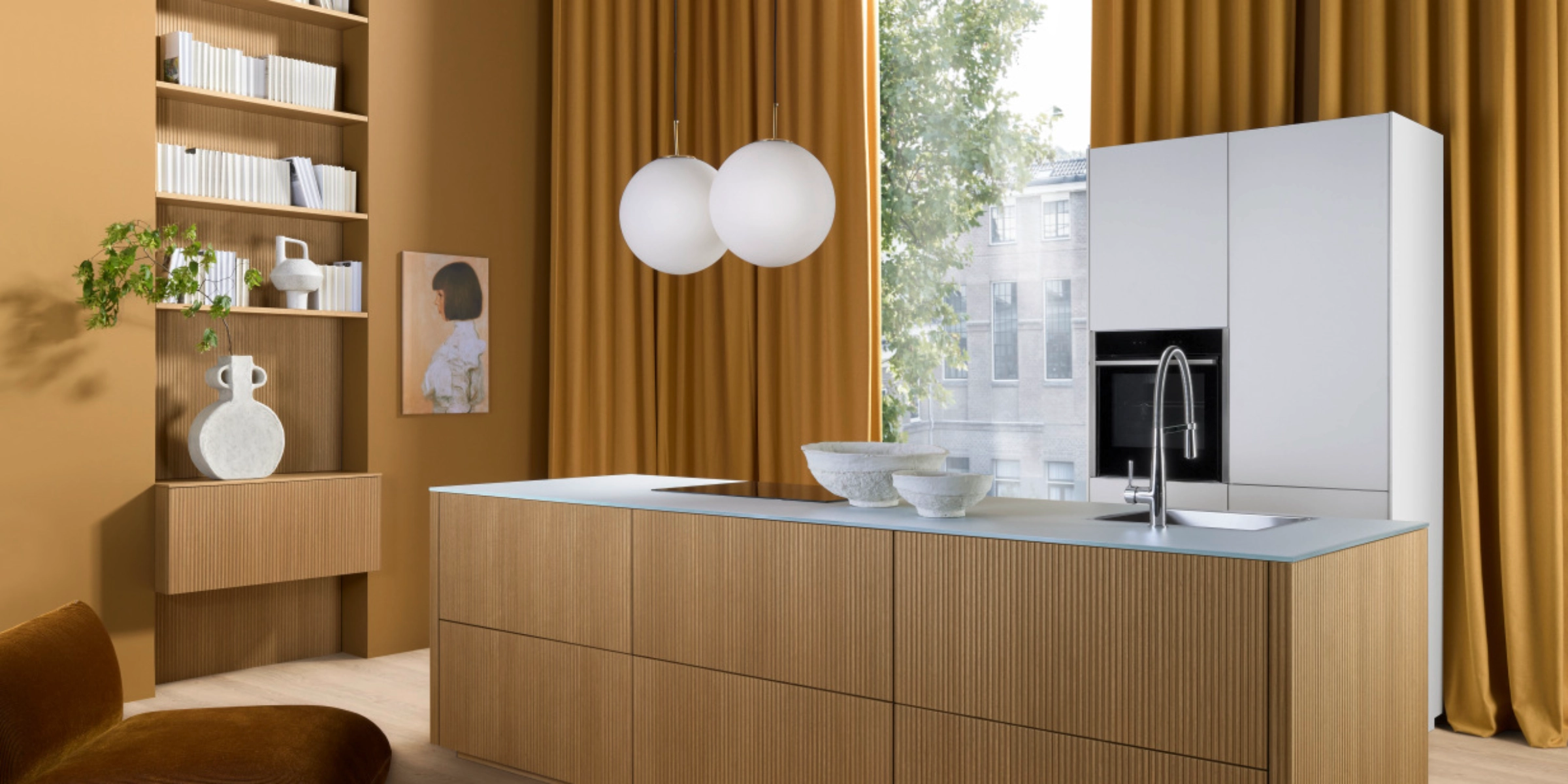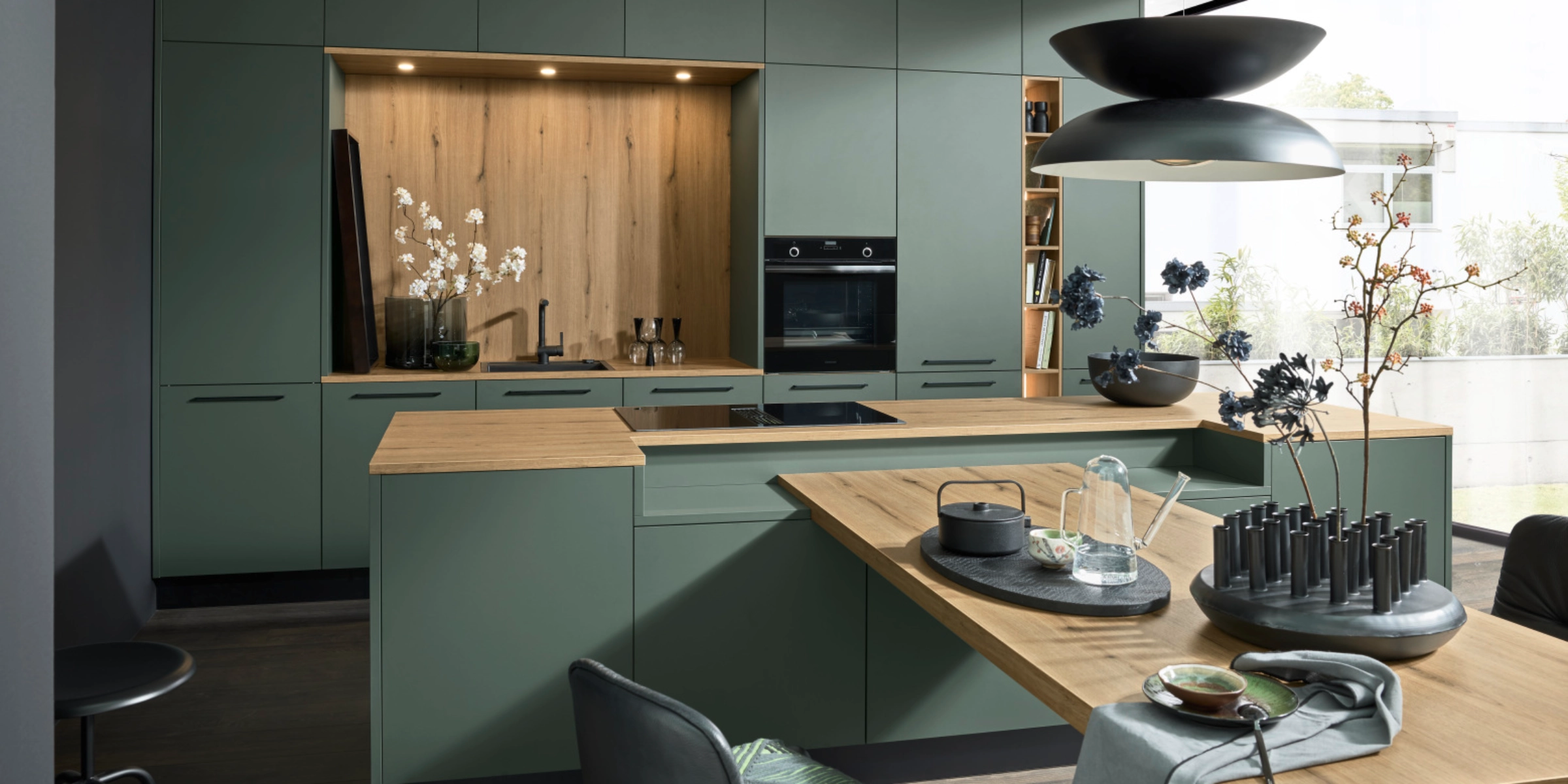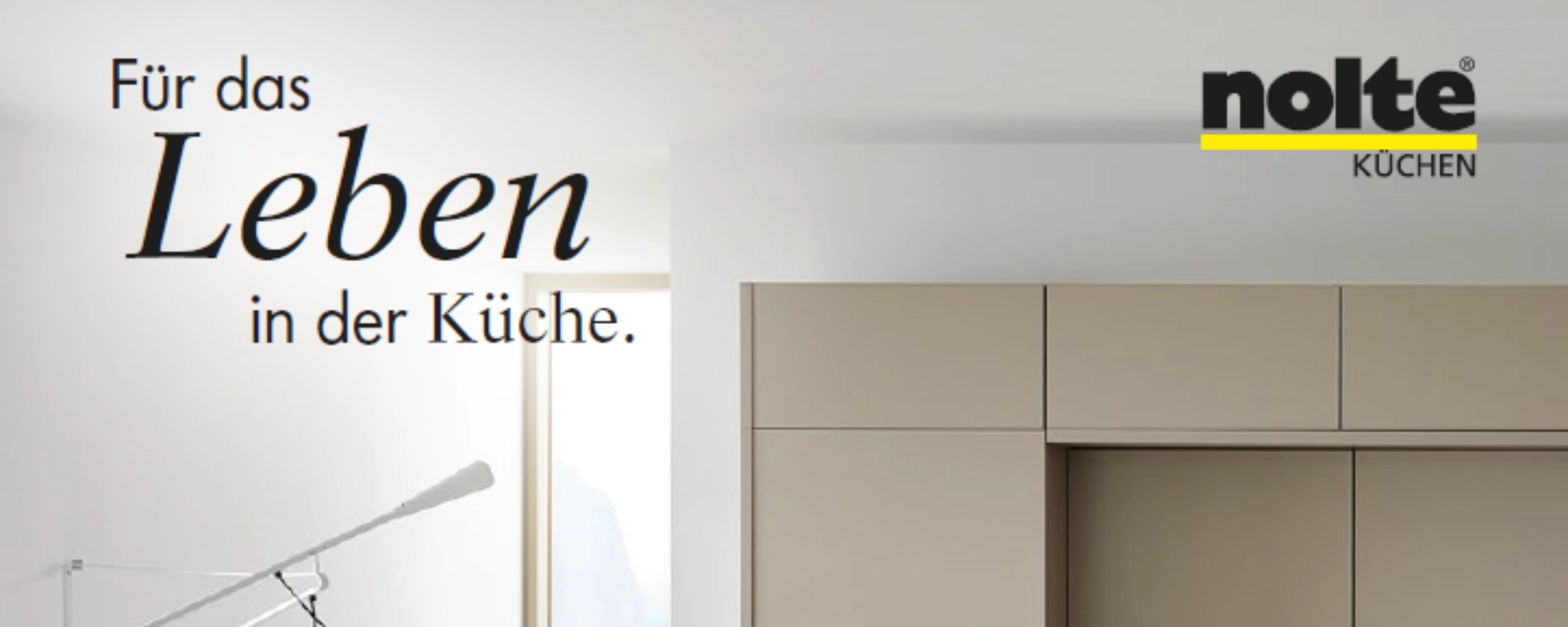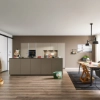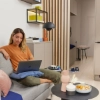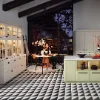Why choosing the colour in the kitchen is important
The kitchen is a place where the senses meet. A place that brings us together and helps us fully enjoy life. A place that sets the rhythm of our lives and gives structure and orientation to our daily routine. But also a place of reflection, relaxation, and creativity. It's even more important, therefore, to think carefully about which color – or colors – your kitchen should have. Because the coloring of a room not only creates a particular atmosphere, it also directly influences how spacious the room is perceived to be. This is not insignificant – especially when meals are taken in the kitchen.

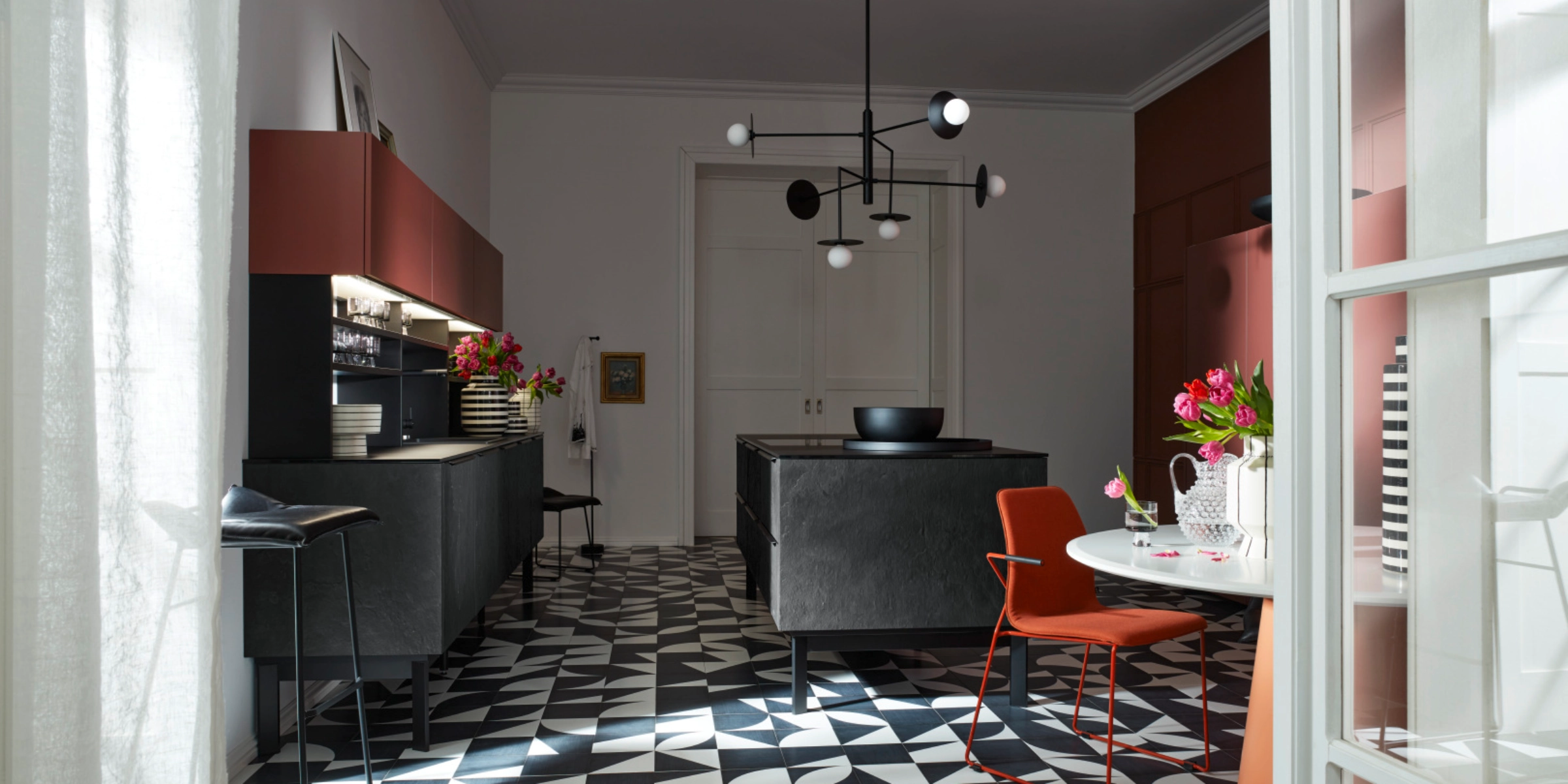

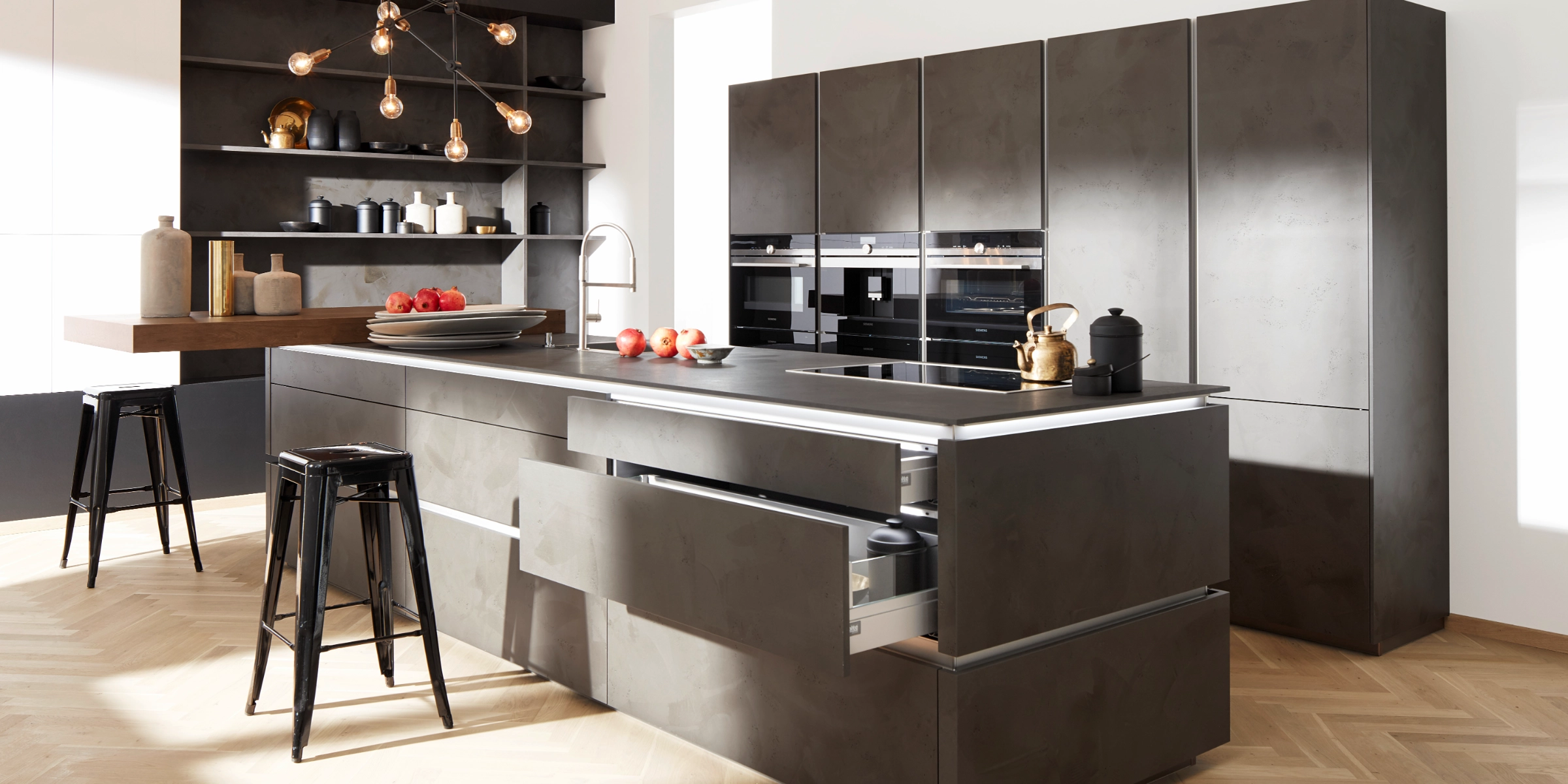
.jpg)
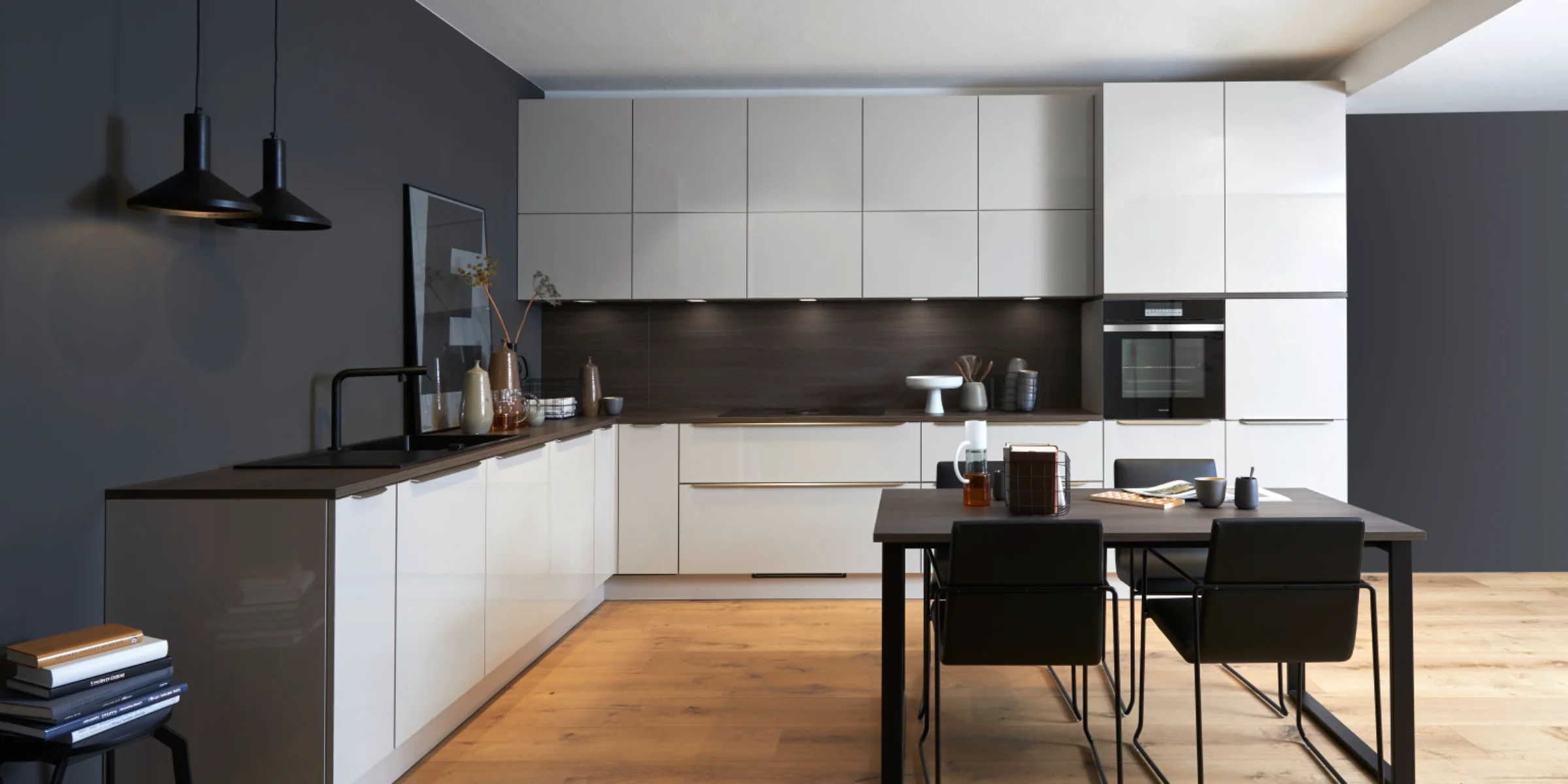.jpg)

